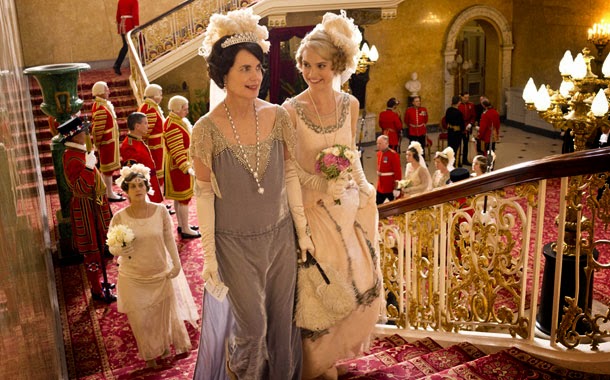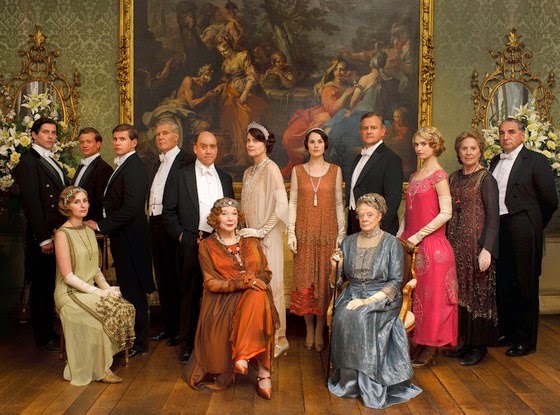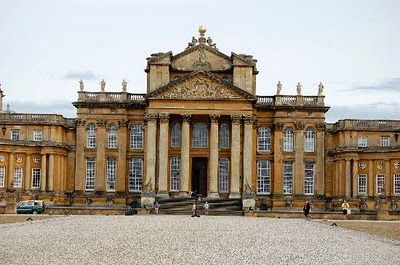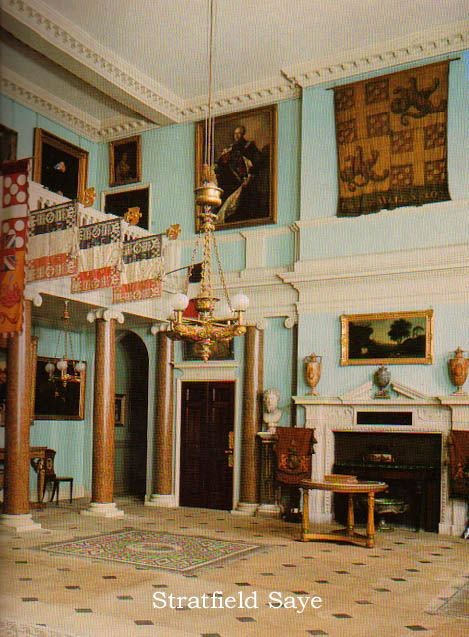Category: Stately Homes
THE DUKE OF WELLINGTON TOUR – VIDEO HIGHLIGHTS – PART 11
Basildon Park, a Georgian mansion surrounded by parkland, was loving rescued by Lord and Lady Iliffe in the mid 1950s. The house you see today is a re-creation and restoration of the 18th-century mansion. They restored the elegant interior and scoured the country salvaging 18th-century architectural fixtures and fittings. Lord and Lady Iliffe filled their comfortable new home with fine paintings, fabrics and furniture, which can still be enjoyed by you today. Make the most of your visit by treating yourself to a cream tea, experience the nostalgia of our 1950s kitchen, or stretch your legs following one of our waymarked trails through the 400 acres of historic parkland.
THE DUKE OF WELLINGTON TOUR — VIDEO HIGHTLIGHTS – PART 10
DOWNTON ABBEY
When we visit Highclere Castle on Thursday, September 11, 2014, we will probably be thinking more of Downton Abbey, the PBS Masterpiece series, than of the sumptuous home of the Earls of Carnarvon. Victoria here, as eager to see the Castle/Abbey as anyone. I truly believe that a large part of the credit for DA’s success in America is due to the setting at Highclere Castle: The grounds, the enormous house designed in the most extravagant of Victorian neo-Gothic style, the magnificent interiors of the family’s drawing rooms and bedchambers, the stark simplicity and dullness of the servants’ world below stairs. The contrasts could not be more vivid.
Downton Abbey, PBS Masterpiece
The Crawley family, headed by Robert, Earl of Grantham (High Bonneville), live at the fictional Downton Abbey, filmed at Highclere Castle, the home of the Earls of Carnarvon. Most of the upstairs scenes are filmed in the rooms of the Abbey or on the grounds. The servants quarters have been recreated as they would have been in 1900 to 1930 at studies on nearby Ealing, West London. In this 4-minute video, creator and writer Julian Fellowes takes you through Highclere. Click here.
Another look at Highclere as Downton Abbey is an 8-minute fragment of the program Countrywise visit. Click here
As almost every one knows, Downton Abbey has been a phenomenal success with audiences in Britain and North America, and elsewhere. The four years of the series have won numerous awards for its creator, Julian Fellowes, for its costumes and settings, and for the actors, some of whom have become “household names.” Probably taking first place would be Violet, Dowager Countess of Grantham, whose pithy comments delight audiences on both sides of the Atlantic. Click here to see some favorite moments.
The Inimitable Maggie Smith As Violet, Dowager Lady Grantham
Click here for a 13-minute video on the making of Downton Abbey, featuring many of the actors as well as the executive producer, writer, and historical advisor among others.
Although we’ve all seen the fourth season, you might enjoy the preview, a tease of just 90 seconds, put out before it played. Click here.
So to stand in Highclere Castle yourself, come along with us on The Duke of Wellington Tour. September 4-14, 2014. All the details are here.
See you in London!
THE DUKE OF WELLINGTON TOUR – VIDEO HIGHLIGHTS – PART 9
HIGHCLERE CASTLE
COMPLETE DETAILS OF
THE DUKE OF WELLINGTON TOUR
CAN BE FOUND HERE.
THE DUKE OF WELLINGTON TOUR — VIDEO HIGHLIGHTS – PART 8
Stratfield Saye
To understand why the Duke of Wellington’s country house is the relatively modest Stratfield Saye, it is necessary to travel back to the victory of the Duke of Marlborough at the Battle of Blenheim in August 1704 over the forces of French King Louis XIV (and others).. England’s Queen Anne and her ministers were so delighted with the Duke’s victory that they decided to build him a great palace, a rival to their defeated enemy’s Palace of Versailles.












